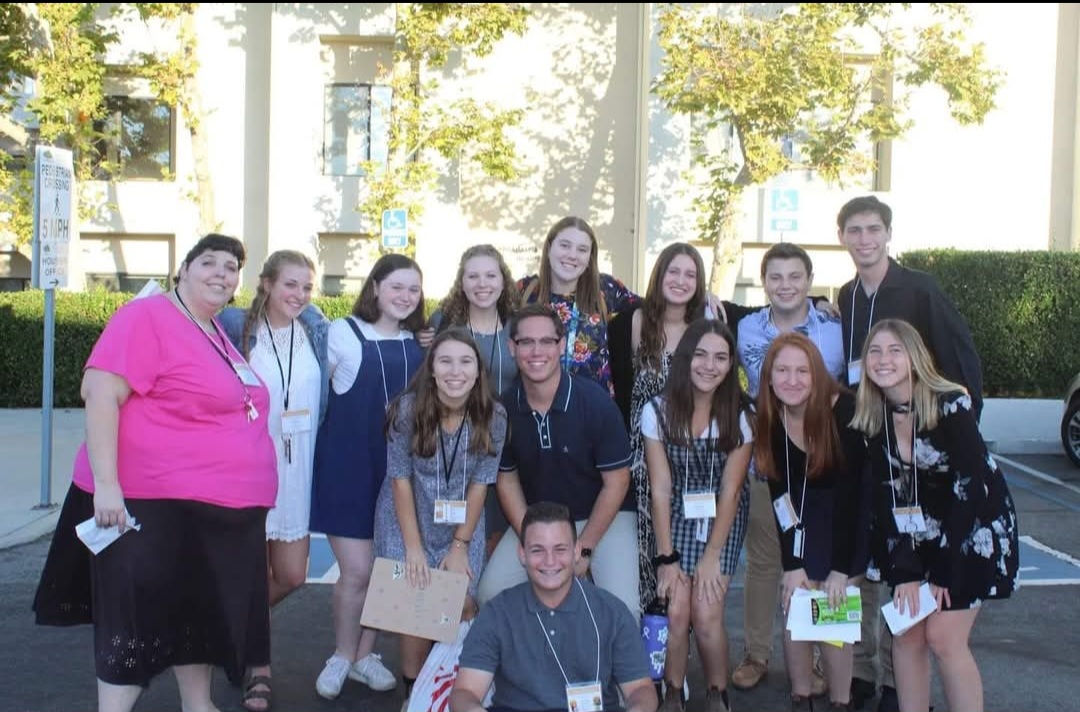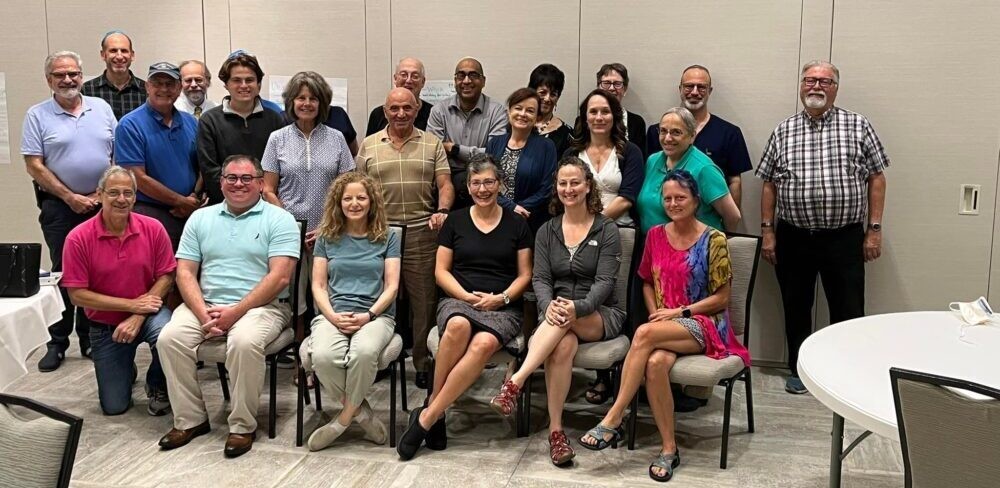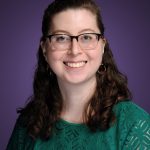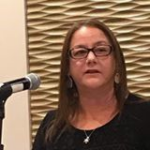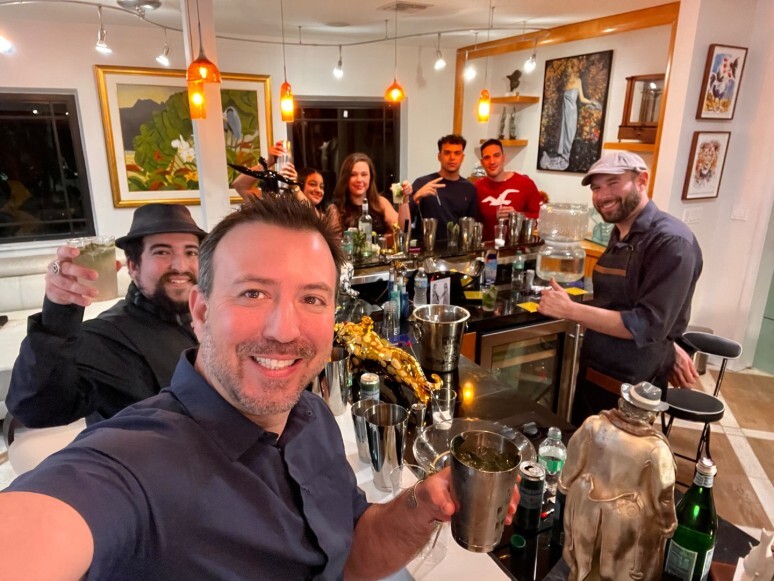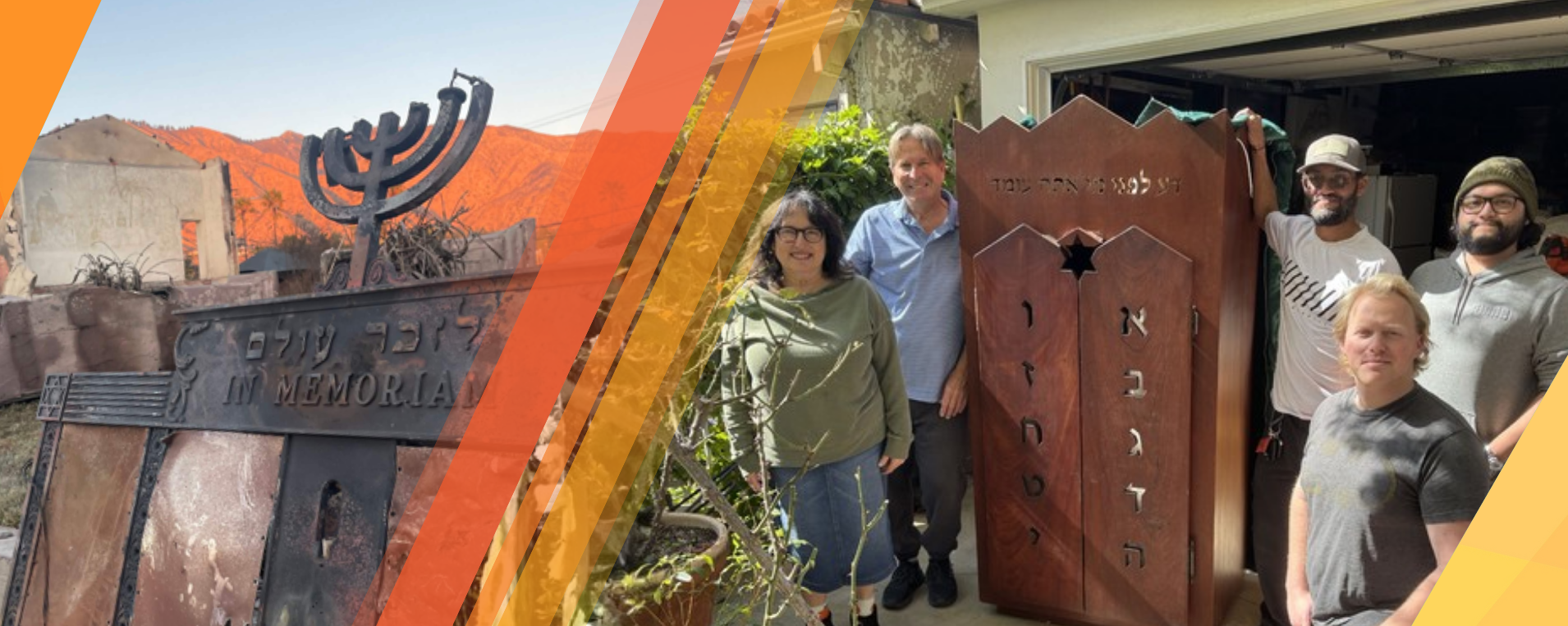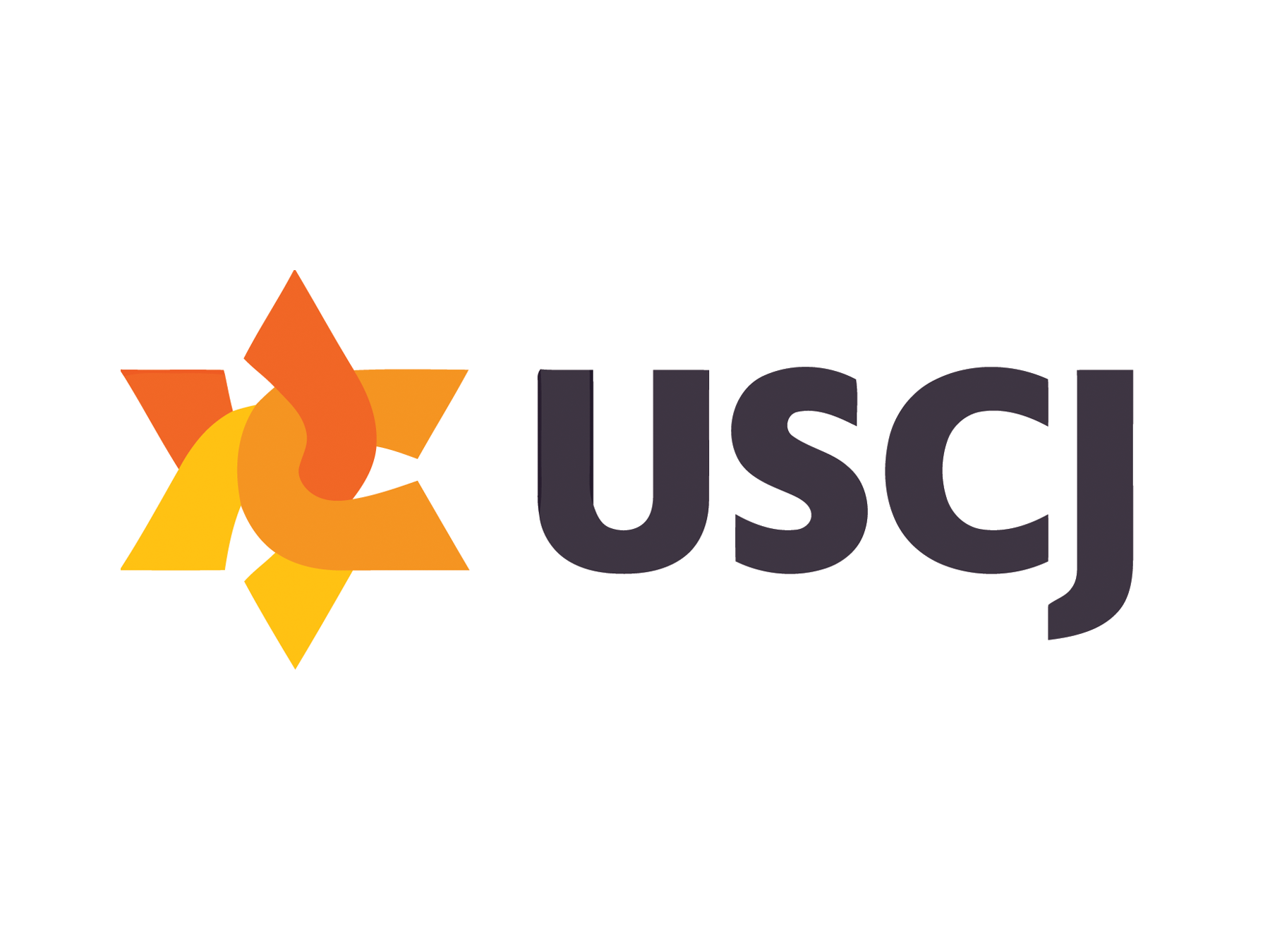
Last spring as the Covid-19 pandemic was hitting with full force Rabbi Betsy Forester of Beth Israel Center in Madison, WI was thinking about the next High Holidays and what it would be like if the community wasn’t able to all come together. As she thought through each of the holidays, Rabbi Forester became stuck at Simchat Torah. She didn’t want an online program to just mimic previous years’ celebrations – she wanted to translate the goals of the holiday to the new platform.
What is Simchat Torah really about and what are the goals? As the culmination of the cycle of the holiday season, it had always been a way for everyone to enjoy coming together after celebrating all of the holidays and to enjoy each other’s presence while reflecting on the guiding presence of the Torah in our lives. But how can this sense of intimacy and connection with one another be preserved using technology? Was there some other way to jointly reflect on the experiences of recent months and what everyone was learning about themselves, community, Jewish law and practice, our relationships with G-d and prayer, and how we find meaning and purpose?
The solution was to create their own Torah.
The plan was to create a collection of writing –history, poetry, narratives, etc. – that was multi-vocal like the Torah, and to weave it together as cohesively as possible into five books. There would be a sense of beginning, a discovery of a way of life and a pattern for living, an experience of wilderness and crises of faith, glimpses of joy and overwhelming loss, and a chance for reflection and the glimmers of learning.
Congregants took part in all aspects of the Torah’s creation including a skilled woodcarver who made the handles for the Torah, and his wife and son who created the “parchment” made of fabric. The columns of the scroll contain writings, painting, and images. There are copies of event bulletins from the early months of the pandemic documenting the metamorphosis that occurred in the community, and information about the process the synagogue undertook to transform their practices.
To bring the text together the synagogue put out a general call for submissions. 75 households from the 280 that make up the community responded, indicating how strongly the project spoke to the congregation. There was a submission from a grandmother who wrote about the experience of having her child and grandchildren come to Madison in order to be closer to her during the pandemic. Another family that had gone from watching their son crawl up to the bimah to join the big kids for Adon Olam to seeing him run around confined at home during the pandemic, shared a poem accompanied by artwork consisting of butterflies created with the boy’s footprints. Many people expressed that the process of writing their contributions provided an unexpectedly emotional experience of catharsis.
When Simchat Torah arrived Rabbi Forester designed a service specifically for the occasion reading selections from the Torah interspersed with language from the hoshanot. This was followed with a dedication ceremony on Chanukah when the Torah was complete. There are now plans being discussed to unroll the Torah and lay it out in the social hall for congregants to look at when people are able to return to the synagogue in person.
The Pandemic Torah is a living time capsule that provides an in-depth snapshot of a unique moment in time. Rabbi Forester says that she observed an evolution in the writing that was submitted for the project between the beginning of Elul and those that were composed toward the end of the holidays, and she learned a lot about how her congregants were experiencing the pandemic when they couldn’t be together. The work documents the closing down of regular lives and learning a new way to be, and the sentiments, yearnings, and losses from that time come through in the congregants’ writing.
The project truly reflects the values of the community and has a sense of holiness, and it has underscored for Rabbi Forester the power of being in the moment, and not denying the moment its truth.
Anyone who would like to learn more about this beautiful project is invited to be in touch with Rabbi Forester.

